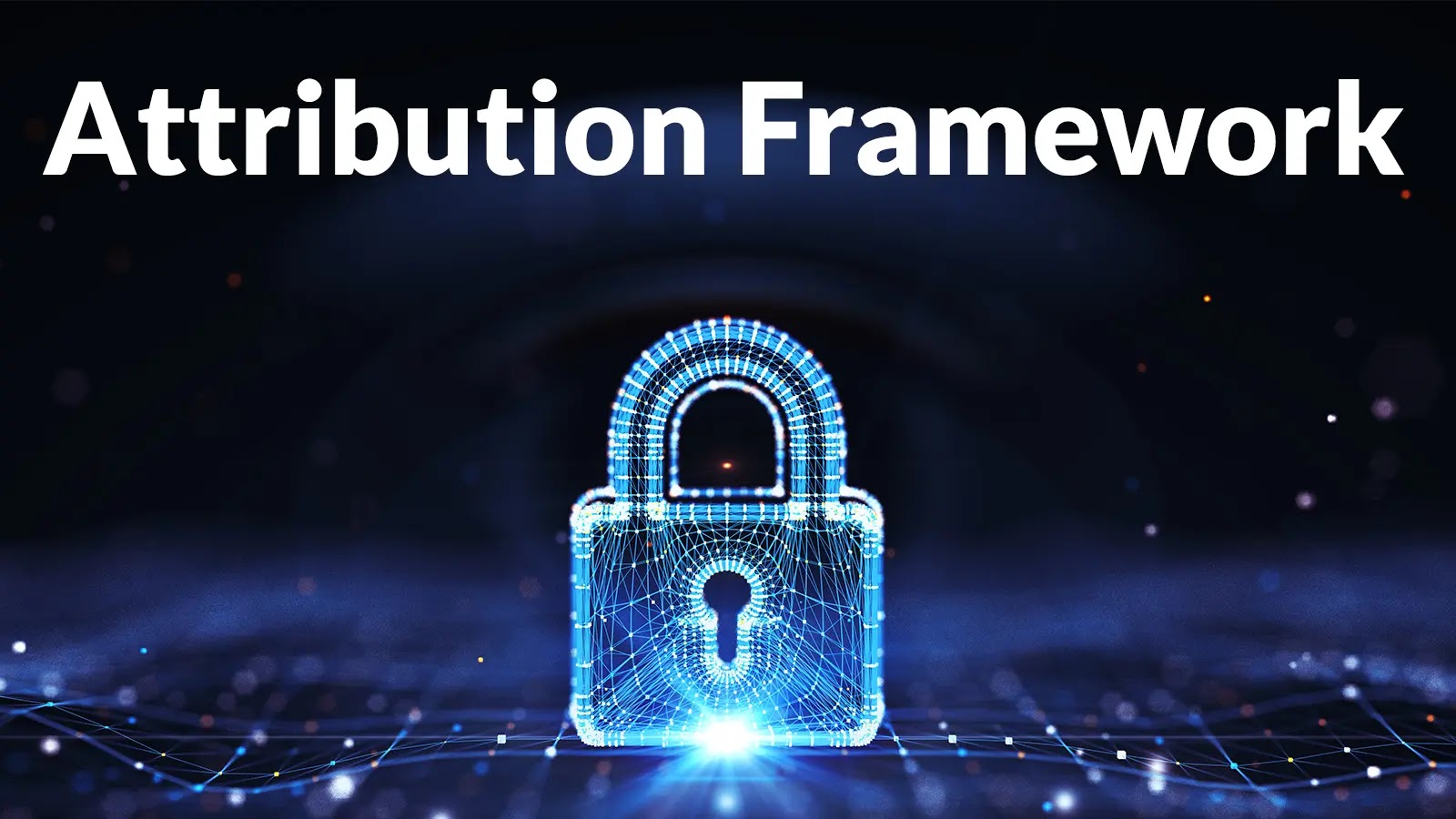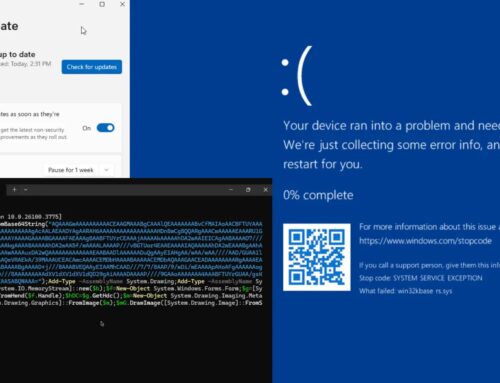
Unit 42 Unveils Attribution Framework to Classify Threat Actors Based on Activity
Unmasking the Adversary: Unit 42’s Groundbreaking Threat Actor Attribution Framework
Understanding who your adversary is, their motivations, and
their capabilities is paramount in effective cybersecurity. For too long, the
process of attributing cyberattacks to specific threat actors has been described
as more art than science, often relying on subjective analysis and anecdotal
evidence. This ambiguity introduces significant challenges in developing
proactive defenses and strategic responses. However, a significant shift is underway.
Palo Alto Networks’ Unit 42
threat research team has introduced a groundbreaking systematic approach to
threat actor attribution: the Unit 42 Attribution Framework. Unveiled on July
31, 2025, this framework transforms the often-nebulous realm of identifying
cyber adversaries into a structured, methodology-driven process, offering a
clearer lens through which to analyze and classify cyber threats based on their
activity.
The Challenge of Threat Actor Attribution
Traditional threat actor attribution often grapples with several inherent
difficulties:
- Disjointed Data: Information about threat activities often
comes from disparate sources, making it hard to connect the dots. - Evolving Tactics: Threat actors constantly adapt their
techniques, making static attribution rules quickly obsolete. - Deception and Obfuscation: Adversaries intentionally
employ tactics to mislead defenders about their identity and origin. - Lack of Standardization: Without a common framework,
different organizations might attribute the same activity to different
actors, hindering collaborative defense efforts.
The absence of a standardized methodology has long impeded the ability of
organizations to build comprehensive threat intelligence and to forecast future
attack vectors effectively. The Unit 42 Attribution Framework seeks to
remedy these longstanding issues by providing a robust, repeatable approach.
Introducing the Unit 42 Attribution Framework
The Unit 42 Attribution Framework is designed to classify threat actors based
on their activity, moving beyond simplistic labels to a more nuanced
understanding of their operational patterns. This systematic approach ushers in a
new era of precision in cybersecurity intelligence.
While the detailed mechanics of the framework involve proprietary research,
its core tenets likely revolve around:
- Behavioral Analysis: Focusing on how threat actors operate,
including their attack methodologies, preferred tools, and
infrastructure. - Pattern Recognition: Identifying recurring patterns in their
campaigns, such as specific malware variants, command-and-control (C2)
communication techniques, or targeting preferences. - Statistical Modeling: Utilizing data science to weigh the
significance of various indicators and establish correlations between
disparate activities. - Dynamic Classification: Allowing for adjustments to actor
classifications as new intelligence emerges, ensuring the framework
remains agile and relevant.
This systematic approach provides a common language and a shared reference point
for security professionals globally, enhancing collaboration and collective
defense strategies.
Benefits for Cybersecurity Intelligence and Defense
A structured attribution framework offers significant advantages for the
cybersecurity community:
- Enhanced Predictive Capabilities: By understanding the modus
operandi of specific threat actors, organizations can better anticipate
future attacks and implement proactive countermeasures. - Improved Resource Allocation: Security teams can more
effectively allocate resources to defend against the most pertinent
threats, rather than reacting to every alert without context. - Strategic Threat Intelligence: The framework facilitates the
development of richer, actionable threat intelligence, enabling C-suite
executives to make informed risk management decisions. - Standardized Communication: Provides a common nomenclature for
discussing threat actors, fostering clearer communication within and
across organizations. - Reduced Attribution Bias: Leverages data-driven methodologies
to minimize human bias in attribution, leading to more accurate and
reliable assessments.
This framework is not just an academic exercise; it’s a practical tool that
empowers defenders with a deeper, more actionable understanding of the
adversarial landscape.
Impact on the Future of Cybersecurity
The Unit 42 Attribution Framework marks a pivotal moment in cybersecurity. It
shifts the paradigm from reactive incident response to proactive threat
intelligence-driven defense. As the framework gains adoption, it will
undoubtedly contribute to a more resilient global cybersecurity posture.
It encourages a move towards intelligence-led security operations, where threat
intelligence isn’t just a separate function but an integral part of every
security decision. Organizations will be better equipped to understand the “who”
behind the attacks, which is critical for formulating effective defense
strategies and, where appropriate, contributing to national and international
efforts against cybercrime and state-sponsored espionage.
Key Takeaways
- The Unit 42 Attribution Framework, unveiled by Palo Alto Networks’ Unit
42, provides a systematic, data-driven methodology for classifying
threat actors based on their activity. - It addresses the long-standing challenge of inconsistent and
subjective threat attribution, transforming it into a more scientific
discipline. - The framework enhances predictive capabilities, optimizes resource
allocation, and fosters better threat intelligence through standardized
analysis. - Its implementation will lead to a more robust and proactive approach to
cybersecurity, enabling organizations to better understand and defend
against evolving cyber threats.





